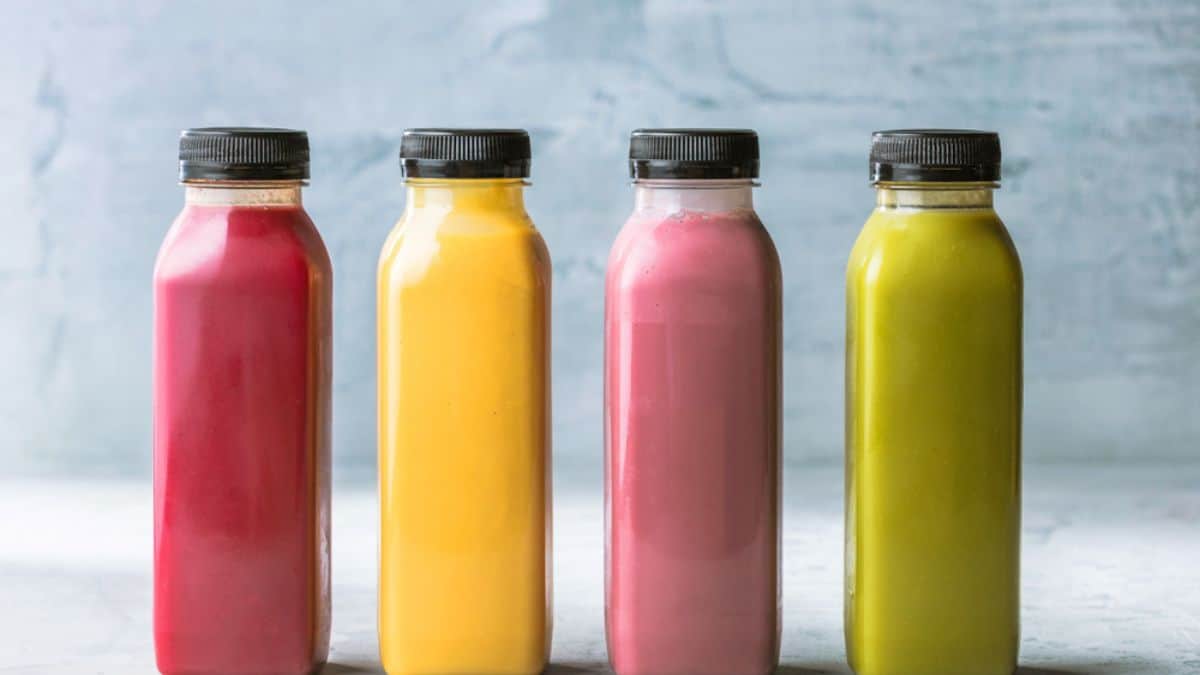Grocery shopping these days feels like dodging traps set by food labels that sound healthy but aren’t. Packaging loves to throw around words like “natural,” “low-fat,” and “light” like they’re your personal health heroes. Spoiler alert: they’re not. These labels are more about marketing than truth-telling. Here’s what those labels really mean, so you don’t fall for their shiny promises and can actually shop smart without the usual nonsense.

Natural

The term “natural” makes you think the product is free from artificial ingredients or additives, but in reality, it’s not as wholesome as it sounds. This label doesn’t guarantee the food is healthier, lower in sugar or fat, or even safe to consume. It just means it hasn’t been overly processed—don’t be fooled into thinking it’s automatically a better choice.
Made with Whole Grains

“Made with whole grains” sounds great, right? Not so fast. This label only tells you that some whole grains are in the product, but it could be a tiny fraction of the total ingredients. The rest could still be refined grains, meaning the health benefits may not be as significant as you think.
Light/Lite

Seeing “light” or “lite” on a label might make you think the product is a healthier option, but it’s often just marketing. This label usually means fewer calories or fat, but those reductions can be achieved by adding water, artificial flavors, or sweeteners—so the trade-off might not be worth it.
Multigrain

“Multigrain” sounds like a win, but all it really means is that more than one type of grain is used. It doesn’t guarantee whole grains or any real nutritional benefit. Unless it’s labeled as 100% whole grain, you could be getting mostly refined grains with little to no added health perks.
Organic

Organic means the product meets certain farming standards, like no synthetic pesticides or fertilizers. But don’t assume it’s automatically healthier—it says nothing about sugar, fat, or calorie content. Organic cookies are still cookies, after all.
Sugar-Free

“Sugar-free” might sound like a green light, but it doesn’t mean the product is calorie-free or healthy. While it has no added sugars, it may still contain natural sugars, sugar alcohols, or artificial sweeteners—some of which can have side effects, like digestive issues or blood sugar spikes.
Fat-Free

“Fat-free” means there’s less than 0.5 grams of fat per serving, but that doesn’t mean the product is healthier. Often, sugar or artificial ingredients are added to make up for the lack of fat, which can still leave the product high in calories or other unhealthy additives.
Zero Trans Fat

“Zero trans fat” sounds like a win, but it’s not always zero. A product can have less than 0.5 grams of trans fat per serving and still claim zero on the label. If you’re eating multiple servings, those small amounts can add up, so it’s not a free pass for heart health.
Gluten-Free

Gluten-free is a must for those with celiac disease or gluten sensitivity, but it doesn’t automatically mean the product is healthier. Many gluten-free items are just as high in sugars, fats, or calories as their gluten-containing counterparts, so don’t assume it’s a healthy swap.
No Added Sugars

“No added sugars” means exactly that—no extra sugars were added during processing. But that doesn’t mean the product is low in calories. It could still be loaded with natural sugars or other ingredients that can spike your blood sugar, so always check the full label.
Low-Carb

“Low-carb” products might appeal to those watching their carb intake, but they aren’t always low in calories or sugars. Often, fats and sweeteners are added to enhance flavor, meaning you could be getting more than you bargained for in terms of calories or unhealthy fats.
Cholesterol-Free

“Cholesterol-free” might seem like a health boost, but it only means the product has less than 2 milligrams of cholesterol per serving. It doesn’t guarantee the product is low in fat or sugar, so don’t let this label fool you into thinking it’s the healthiest choice on the shelf.
Low Sodium

“Low sodium” means there’s 140 mg or less per serving, which is good if you’re watching your salt intake. But don’t get too comfortable—it doesn’t mean the product is low in calories or free from unhealthy fats or sugars. Always check the full nutrition info.
High in Fiber

“High in fiber” means a product has at least 5 grams of fiber per serving, which is great for digestion. But keep in mind, high-fiber products can also be loaded with sugar or calories, so it’s worth reading the whole label before assuming it’s a guilt-free option.
Contains Omega-3s

This label suggests a product contains Omega-3s, which are good for heart health. But the amount can vary greatly between products, and the label doesn’t necessarily mean it’s low in calories or fats. Make sure to look at the full picture, not just the Omega-3 content.
Chicken Label Lies: What Matters and What Doesn’t

Navigating the grocery store’s poultry aisle can feel like decoding a secret language. “Organic,” “air-chilled,” and “non-GMO” are just a few buzzwords you’ll encounter, each promising a better bird. But which labels actually mean something for the welfare of the chickens and the quality of your dinner? We’re here to cut through the clutter and tell you which chicken labels are worth paying attention to and which ones you can safely ignore.
See Them Here: Chicken Label Lies: What Matters and What Doesn’t
Pastured Eggs: The Real Deal or Marketing Gimmick?

Ever wondered if shelling out extra for pastured eggs is really worth it? You’re not alone, the marketing on a carton of eggs can be confusing and nuts at times. With all the buzz around different egg types, it’s easy to get scrambled trying to make the healthiest, most ethical choice. Before you make your next grocery run, we’ve got the complete low-down on pastured eggs to help you decide if they’re the right pick for your cart—and your conscience.
See Them Here: Pastured Eggs: The Real Deal or Marketing Gimmick?
Select images provided by Depositphotos.
Gina Matsoukas is an AP syndicated writer. She is the founder, photographer and recipe developer of Running to the Kitchen — a food website focused on providing healthy, wholesome recipes using fresh and seasonal ingredients. Her work has been featured in numerous media outlets both digital and print, including MSN, Huffington post, Buzzfeed, Women’s Health and Food Network.








